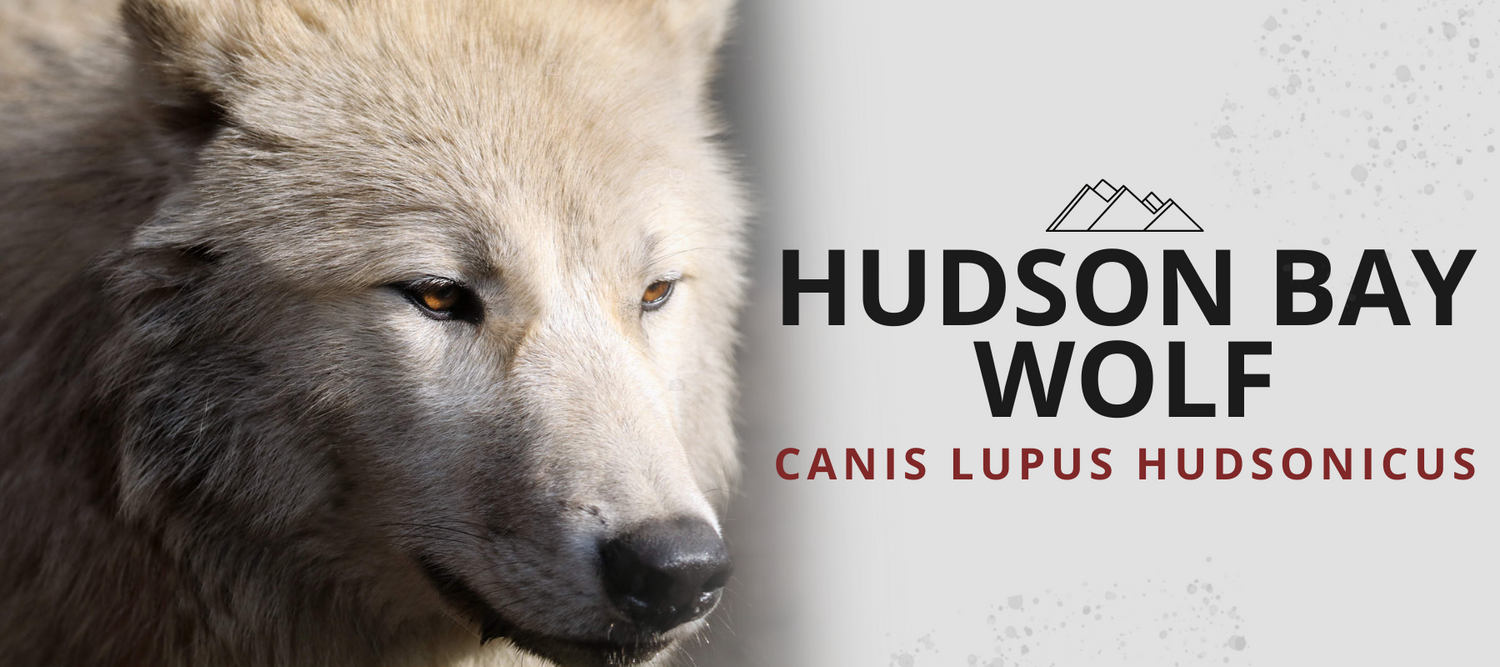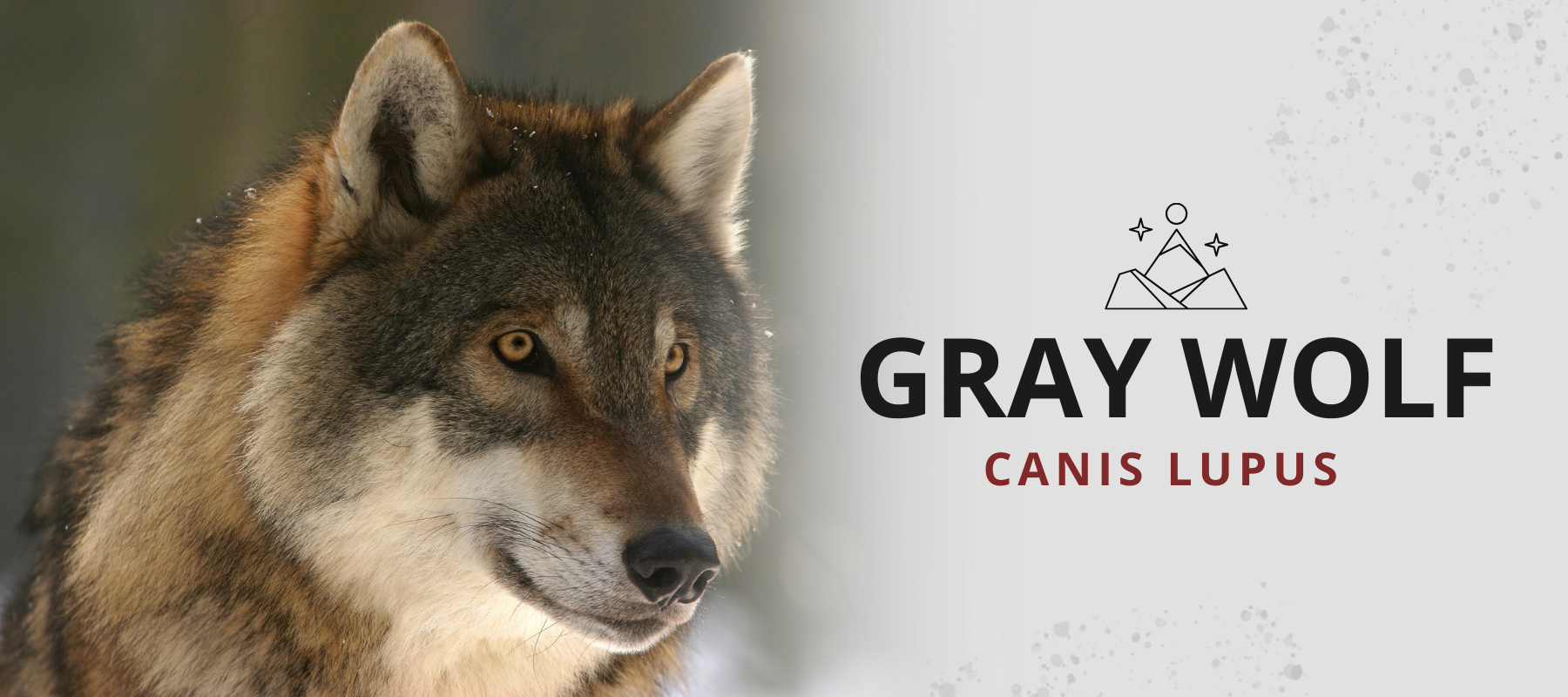
CANIS LUPUS HUDSONICUS
The Canis lupus hudsonicus, commonly known as Hudson Bay wolf, is a subspecies of the gray wolf. This white wolf carnivore of the canidae species is sometimes confused with other white wolves like the Arctic wolf or the Alaskan tundra wolf.
It was classified as a subspecies of wolf by an American zoologist and biologist, Edward Alphonso Goldman in the late 1941 which gave him its taxonomy name. The Hudson Bay wolf is also known as the Hudson Wolf.
- Common name: Hudson Bay wolf
- Scientific name: Canis lupus hunsonicus
- Other names: Hudson wolf
- Specie: Gray wolf
- Type: Mammals
- Diet: Carnivore
- Size 3,9 to 4,9 feet
- Weight: 83 to 155 lbs
HUDSON BAY WOLF DESCRIPTION
The Hudson Bay wolf is a medium-sized wolf. It is between 1.20 and 1.50 m long, 70 to 90 cm high and weighs between 38 and 70 kg. She-wolves are mostly smaller than wolves males.Physically, the Hudson Bay wolf resembles the Mackenzie wolf but is smaller. The bushy fur varies from light grey to yellowish white or cream. The hairs of are lighter and lighten in winter. He also has a very good sense of smell.

HUDSON BAY WOLF HABITAT
The Hudson Bay wolf lives mainly in the northern hemisphere of western United States and western Canada. They can generally be observed in various areas around Hudson Bay. It is one of the few wolves that migrates in winter, following local caribou populations.

HUDSON BAY WOLF DIET
Like other wolf species, the Hudson Bay wolf hunts in packs. They feed on large ungulates such as caribou, moose, grizzly and American bison. When prey becomes scarce, it will fall back on carrion, carcass or smaller animals such rodents. On average, this canine must eat the equivalent of 10 kg of meat per day to survive.
HUDSON BAY WOLF BREEDING
Like the rest of the canis lupus species, the wolf is a social animal that operates on the principle of a hierarchy of dominance. The wolf pack consists of a single breeding pair. The Hudson Bay breeding season start in the spring. After a gestation period of 62 to 65 days, the alpha female gives birth to a litter of 4 to 6 wolf pups.During the first 10 days of their lives, the cubs are deaf and blind. They are covered with a thin brown down. The young wolf will not leave the den for several weeks. Weaning occurs after 2 to 3 months. The cub reaches sexual maturity at the age of 2 years. In the wild, the life expectancy of this canine is about 10 years.
HUDSON BAY WOLF CONSERVATION
The status of the Hudson Bay wolf has been added to the red list of endangered species by federal protection and wolf conservation, defenders of wildlife. The wolf population has suffered from persecution for a long time in the 14th and early 20th centuries. In fact, wolf hunting is responsible for a significant decrease in Hudson Bay wolf because of its pelt. Despite conversation efforts, some scientists admit that the species is probably extinct in the wildlife apart from the specimens held in captivity. No sighting of wild wolves of Hudson have been recorded in the last few years.
Conservation programs and recovery plan for wolves in captivity are implemented by zoos and other conservation groups to preserve the biological diversity and participate in its reintroduction. However, it is not possible today with current information to predict whether the species will be extirpated of being eradicated or not. The search for his fur nearly caused his total extermination.
As we have seen in this article, many wolf species are joining the endangered species list. In order to preserve and reintroduce the wolf, every gesture counts. Support the Hudson Bay wolf protection by wearing the white wolf hoodie !
If you want to discover more facts on gray wolves' species, we recommend our blog post on Alexander Archipelago wolf.




